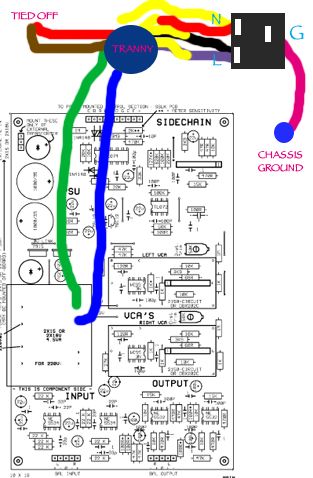mikerisha
Active member
dissonantstring said:hi mikerisha,
any 50K LIN pot will do. for cheap go with Alpha (Mouser: 31VA405-F) or for better feel and construction the rather expensive PEC type (Digikey: RV4L503c-ND) both are carbon type which i'm pretty sure will get "scratchy" at some point due to DC on the pots when used for the threshold control, but they should work fine for the make-up gain (and the threshold for that matter - i used the cheap Alpha pots and have not had problems yet).
even better would be to use the conductive plastic type which can handle the DC.
many options to choose from. just make sure they are solder lug connections and have the proper shaft diameter and length for your knobs/purposes.
regards,
grant
p.s. i can't be sure as i've not used them, but i think the CTS pots greg listed on his BOM are PCB mount type with pin connections rather than solder lugs. best to check the datasheet to be sure.
Thanks grant.. gonna order the parts tomorrow..
Got another question.. When cutting the IC holders for the VCAs, does it matter which is which when i place them and solder them into the PCB? Im guessing no, may be a stupid question, but I just want to be sure.
Thanks again everyone for being so helpful..



































